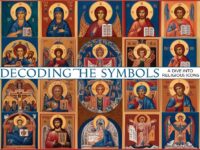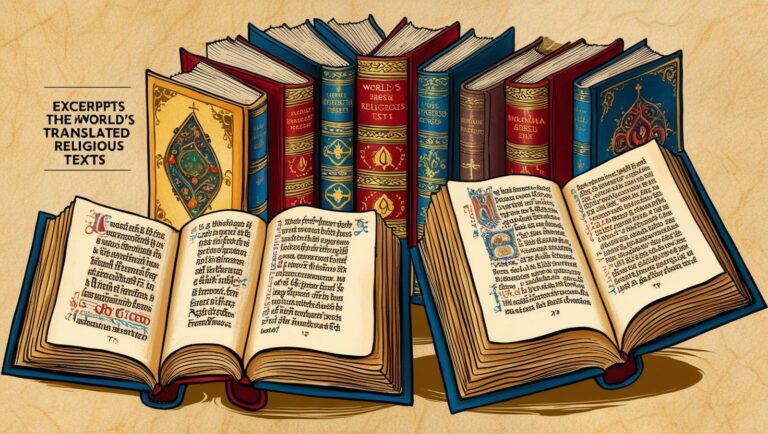In our interconnected world, where cultures and beliefs intermingle more than ever, the power of religious texts transcends boundaries. These sacred scriptures, translated into countless languages, serve as spiritual beacons, cultural treasures, and historical records. Exploring them offers us not only a glimpse into the foundational beliefs of major religions but also an understanding of their global influence and reach. Join us as we delve into the fascinating world of the most translated religious texts and their profound impact across the globe.
Discover the Global Reach of Sacred Scriptures
The translation of religious texts is more than just a linguistic endeavor; it’s a gateway to inclusivity and understanding. These texts, serving as moral and ethical guides for millions, have been translated into numerous languages to ensure accessibility for diverse populations. Take the Christian Bible, for example, which holds the title of the most translated book in history. Its widespread translation is a testament to both its historical significance and its enduring relevance, reaching far beyond its origins in ancient Hebrew, Aramaic, and Greek.
Similarly, the Quran holds a profound place in Islamic tradition, being the most important text for Muslims worldwide. While traditionally recited in Arabic, its translations have enabled non-Arabic speaking followers to delve into its teachings, thereby strengthening their spiritual connection. The translation of the Quran into languages like English, Urdu, and Malay illustrates its vast reach and the desire to maintain its teachings’ authenticity while making them accessible to a global audience.
Other notable religious texts, such as the Bhagavad Gita and the Dhammapada, also showcase impressive translation efforts. The Bhagavad Gita, a cornerstone of Hindu philosophy, has been translated into numerous languages, reflecting its universal themes of duty, morality, and spirituality. Similarly, the Dhammapada, containing the teachings of Buddha, has found its way into the hearts and minds of people across different cultures, thanks to its translations. These efforts highlight the global resonance of sacred scriptures and their ability to transcend linguistic barriers.
Unpacking the World’s Top Translated Texts
As we delve into the world’s most translated texts, it becomes evident that translation efforts are fueled by a deep desire to share spiritual wisdom. The Bible, with translations in over 3,000 languages, exemplifies this phenomenon. Its diverse versions cater to different dialects and regional languages, emphasizing the comprehensive approach to spreading its teachings. This linguistic diversity highlights an ambitious mission: to bring the Bible’s messages of hope, love, and redemption to every corner of the globe.
The Quran’s translation journey is similarly inspiring, though approached with reverence due to the sacred nature of its original Arabic form. Despite this, countless scholars and translators have worked meticulously to convey its meanings accurately in other languages. This careful translation process underscores the balance between preserving the Quran’s original intent and making its teachings understandable to a broader audience. The result is a tapestry of linguistic renditions that honor the Quran’s spiritual essence while embracing cultural nuances.
Texts like the Bhagavad Gita and the Dhammapada also play significant roles in religious translation. The Bhagavad Gita’s exploration of dharma and yoga has found resonance in various cultures, leading to translations that capture its philosophical depth. Meanwhile, the Dhammapada’s concise and profound teachings on mindfulness and ethical living have been embraced by diverse communities, thanks to translations that respect its original simplicity. These texts, alongside others, underscore the universal themes found in religious scriptures and their capacity to inspire across linguistic divides.
The journey of translating sacred texts is a testament to our world’s rich tapestry of cultures and beliefs. These translations ensure that the wisdom within religious scriptures can reach those seeking solace, guidance, and inspiration, regardless of their native language. As we continue to explore and appreciate these texts, we are reminded of humanity’s shared quest for meaning and understanding. By bridging linguistic gaps, translated religious texts offer a unique way to connect with each other and explore the timeless teachings that have shaped civilizations. Ultimately, this exploration enriches our global community, fostering dialogue, empathy, and unity across cultural and spiritual landscapes.

















